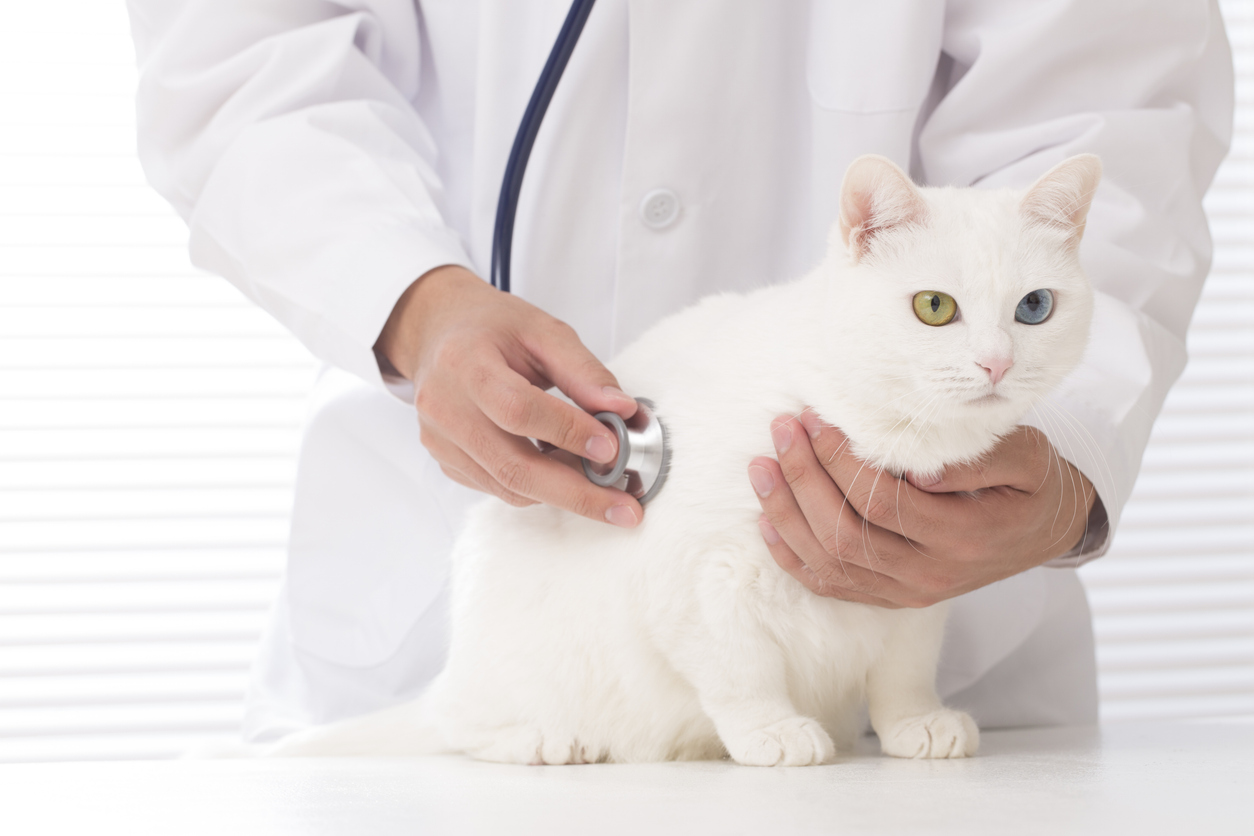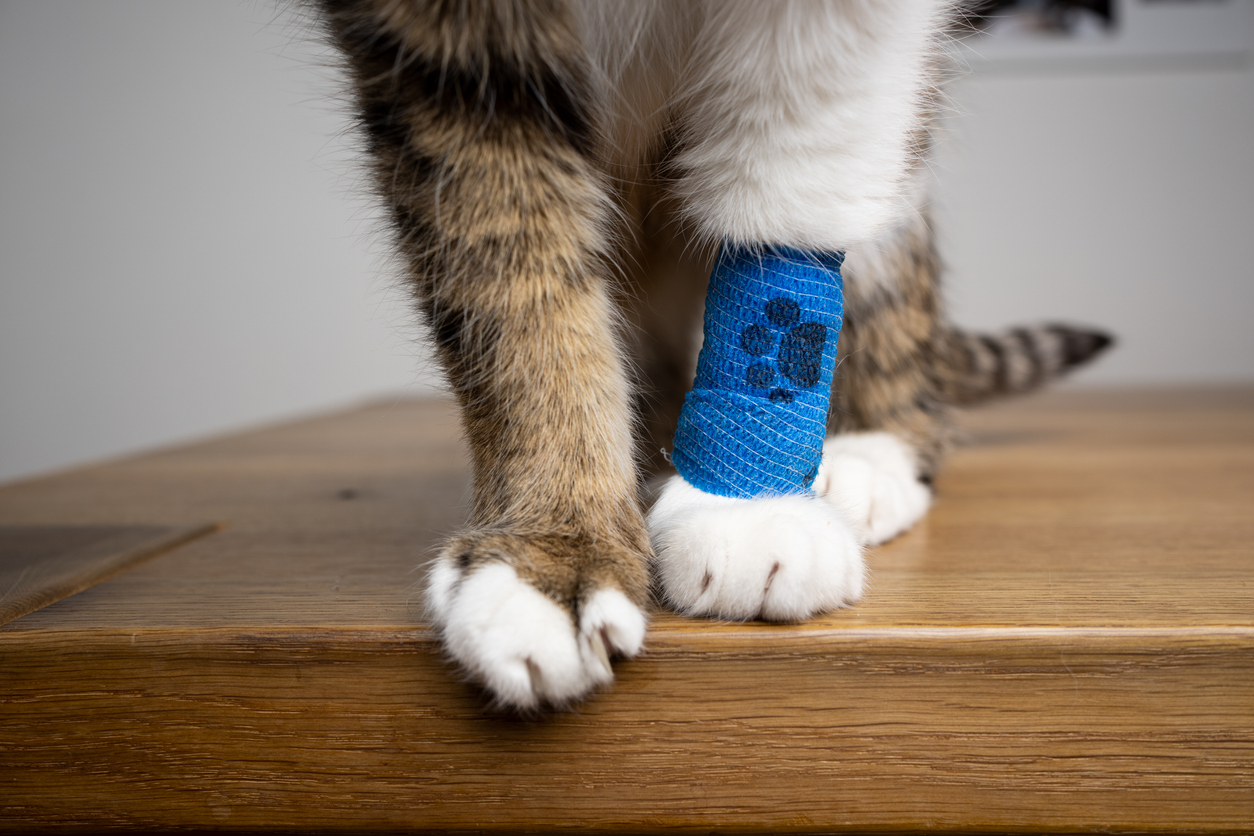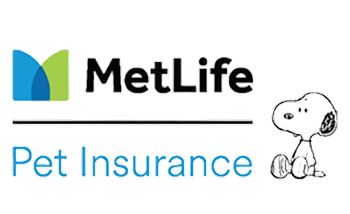Short Summarize
Pet insurance reimburses you for veterinary expenses from any licensed vet, eliminating network concerns. Premium costs are influenced by factors such as location, pet age, breed, and selected deductible and reimbursement levels. Policies typically have waiting periods before coverage begins. Multi-pet policies often come with discounts. Reimbursement rates usually range between 70-90% after deductibles are met. Coverage generally includes accidents, illnesses, and hereditary conditions, but excludes pre-existing conditions.
- Get Free quotes from the best pet insurers
- Protect your pets from harm and yourself from unexpected vet bills
- Claim exclusive discounts and offers from top providers

Having top quality veterinary care can help your pet live a long and healthy life. That’s easy to understand. Understanding how pet insurance works can help you save money on your veterinarian care. This list of pet insurance FAQ’s answers many of the questions that can be floating around in your head as you read through your pet insurance policy packet.
How do I know which vet will take my insurance?
This is an easy question to answer because pet insurance pays you for bills you incur through any veterinarian. There’s no need to check if your vet will take certain pet insurance. It’s different than with human health insurance, where the doctor pays the insurance. Instead, you file a claim with your pet insurance provider with your vet bill in hand and they will reimburse you for the approved procedure.
What determines the cost of my pet policy?
As a general rule, pet insurance will cost a few hundred dollars per year. There are four factors that can make this number higher or lower. They are your location, the age of your pet, the breed of your pet, and your chosen deductible and reimbursement level.
Does pet insurance start immediately?
When a pet insurance becomes effective is different depending on the company, but some companies will cover any accidents that require medical attention within a couple of days. For a procedure that requires scheduling, you should be covered within a couple of weeks. Check with your insurance company to get your exact dates.
Can I get a policy that covers more than one pet?
Of course! This may actually help you out in the long run because many companies will give discounts for having more than one pet. This is called multi-pet insurance. Ask your pet insurance company if they offer it and what discounts that they offer. Some will even offer a bigger discount the more pets you have.
What is a reimbursement rate?
After you pay your deductible, you will be reimbursed for your veterinarian bills depending on your rate. This reimbursement rate is a percentage of your bill depending on the plan you choose. The higher the reimbursement rate, the higher your monthly premium will be.
A typical reimbursement rate will be between 70-90%. This is the amount of the veterinarian bill that the pet insurance will pay after your deductible is paid. So, if your reimbursement rate was 75%, it will pay 75% of what is left of the bill after you have paid your deductible. It does not pay that of the total bill.
When will I get my reimbursement?
There is no set date that you will be reimbursed for your vet bill. That all depends on the claim, the company, and the complication of the procedure.
What is a pet policy cap or limit?
Some companies will limit the amount of reimbursement that they will pay. This limit can be per incident, per year, or for the life of your pet.
There are more complicated limits such as limits per body system, which will only allow payment of a certain amount for visits pertaining to health issues of a certain body system such as the digestive system or nervous system.
What does pet insurance cover?
If you choose the right pet insurance policy, there are a few things that it should cover. All pet insurance policies should cover accidents that happen unexpectedly. This includes cuts, breaks, swallowed objects, etc.
Some policies cover illnesses like cancer, arthritis, and ear and skin infections.
Some policies also cover congenital or hereditary conditions. These are conditions that are determined by the breed of your pet.
A hereditary condition is something that has been passed down from your pet’s parents. These can include diabetes, eye problems, and hip dysplasia.
A congenital condition is a condition that developed in the womb. This can include things like a heart defect or defective limb.
Pet insurance policies do not cover any pre-existing conditions that your pet has before the purchase of your pet insurance policy.
How do I know if my pet has a congenital or hereditary condition?
A routine checkup at your veterinarian should help you determine if your pet has any medical conditions. Most pet insurance companies require a complete medical documentation before they will cover any pet.

Pet Insurance 101: Selecting Coverage

How Pet Insurance Works?

How to Choose the Best Pet Insurance for Your Dog

How We Rate
FAQ
-
How to reduce the cost of pet insurance?Many pet owners want to find the most affordable pet insurance plan possible, while still getting the coverage they need. There are several ways in which you can cut down on the cost of your premium. One of the easiest ways is to choose the highest possible deductible when signing up for your plan, as this will reduce its overall cost. If you set the annual limit and reimbursement rates lower, the premium will also get cheaper. A lot of leading pet insurance providers may also offer discounts for multiple pets or loyal customers, and some even run programs where you can save money by looking after your pet better and taking it for regular check-ups.
-
What do I need to run a pet insurance quote?Getting a pet insurance quote from a leading provider like Hartville, Spot, or the ASPCA is very simple. The process can vary depending on which site you use and which provider you're working with, but usually, all you'll need to fill out the forms is the name of your pet, its species, breed, age, and perhaps size or weight as well. You'll also need to enter some contact information so that the quoted plans can be emailed over to you. After providing the necessary info, you should be greeted with a screen showing you your quoted premium, and you can usually make adjustments to things like deductibles, reimbursement rates, and annual limits in order to modify the details and cost of your plan.
-
Is Pet Insurance Worth It?When you realize that routine veterinary care can cost several hundred dollars and urgent treatment or surgery can cost thousands, it's clear to see that pet insurance can save you a lot of money in the long run. We all hope that our pets will stay happy and healthy for years to come, and it's easy to overlook the importance of pet insurance when your dog or cat is young and full of life. However, as animals get older, the risks of various health conditions, disorders, and diseases begin to rise, and many pets can be affected by all kinds of physical issues as they get older. Pet insurance can provide much-needed peace of mind to any pet owner, as well as potentially saving your pet's life someday.
-
Is Pet Insurance Tax-Deductible?There are some ways in which you might be able to claim tax deductions on your pet insurance or simply the general costs of owning your pet, but the circumstances for this can be quite specific, so you need to do your research and speak with experts to learn more. If you require a pet for medical reasons, for example, like a guide dog for a visually impaired person or a therapy dog, you might be able to make a claim. You might also be able to obtain a deduction if you use a guard dog at your business or you happen to be a professional animal breeder. In and of itself, insurance isn't usually deductible for most pet owners, but it's a possibility in some of these aforementioned special cases.
-
What are the Price Factors on pet insurance?
- Location – Your location will affect the price of your pet insurance, as pets living in densely populated cities are generally be seen to be at a higher risk of injury than those living out in rural locations.
- Pets age – The age of your pet can have a huge bearing on the cost of your pet insurance too, as older animals are more likely to develop health issues and therefore will be more expensive to cover.
- Pet's breed – The breed of your pet can also be a key factor in determining the total cost of your insurance. Certain breeds, especially big dogs, are more at risk of health issues and have shorter lifespans, leading to higher premiums.
- Selected deductible/reimbursement level – If you choose a higher deductible, meaning you'll be paying a larger amount each time you make a claim, you'll get a lower premium. Similarly, if you choose a lower reimbursement level, your premium will be cheaper, and vice versa.





